HOW TO INSTALL OPEN SUSE

BY.MICKY VERMA
Step 1 - Download OpenSuSe Leap ISO
Download OpenSUSE Leap from the OpenSUSE site.
Burn the iso file to a DVD or use a bootable USB as installation media with that iso file, then boot the computer with this boot media.
Step 2 - Installation
After you create the installation media and booted your computer with it, and the first openSuSe leap prompt will appear. At that prompt select "Installation".

The kernel will load some debugging messages, just dont care and wait for the next screen to appear.
Step 3 - Language and Keyboard Configuration
This is the first welcome message, you can choose your language and keyboard layout in this step. You can read the OpenSUSE license agreement too, then click "Next".

Step 4 - Installation Options
Leave the default configuration and click "Next".

Step 5 - Partition Scheme
Note: in this tutorial, I use 20GB of HDD space with 2GB of RAM.
By default, the installer will provide the default partition scheme. The Installer will create 3 partitions:
- SWAP - 2GB.
- Btrfs as root partition - 12GB.
- Xfs as a home partition - 6GB.
I use default partition scheme from the installer and I just need to click "Next"

If you want to configure your own partition, you can click on "Expert Partitioner" and define the desired partitions.

Step 6 - Select the Time Zone
Select your time zone and then click "Next".

Step 7 - Choose a Desktop Environment
By default, OpenSuSe leap will use KDE as the desktop environment. If you have enough RAM, you can select this one or use Gnome. If you have a small amount of RAM, I recommend you to use XFCE or LXDE as your desktop environment.
If you want to use it as a server, you can select "Minimal Server Selection".
In this step, I will use KDE as the desktop environment, so just click "Next" to forward.
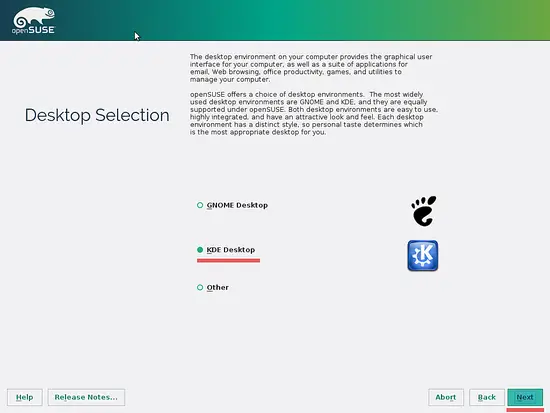
If you want to select another desktop environment.
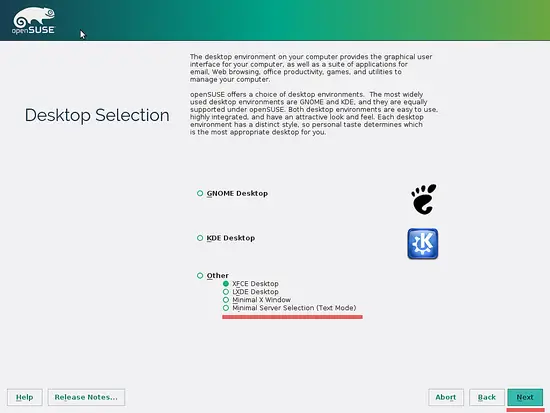
Step 8 - Create New User
Create a new user for OpenSUSE, type in your username and password. If you want to disable auto login, uncheck that option and click "Next".

Step 9 - Verify the Installation
Take a look at the box to verify your installation settings, and then click "Install".

And then confirm the installation by clicking on "Install".

Step 10 - Start the Installation
OpenSuSe Leap installation will begin now, take your time and wait until the process finished.

The computer will automatically reboot after the installation finished and you have to remove your media installation or bootable from your computer.
Step 11 - OpenSUSE Leap 42.1
You will see the OpenSUSE leap grub prompt, select "OpenSUSE Leap 42.1" and press Enter.

And then you can see the OpenSUSE KDE plasma 5 desktop.
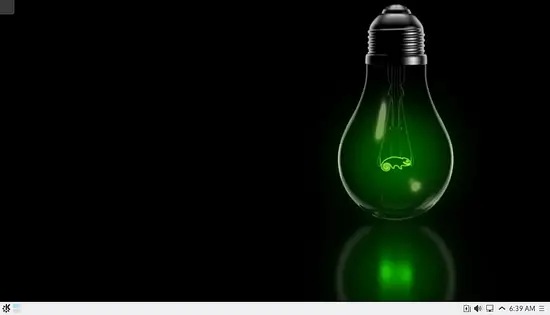
there is no login option because I checked the option automatic login in the installation step 8.
OpenSUSE Leap with KDE 5 - Menu.
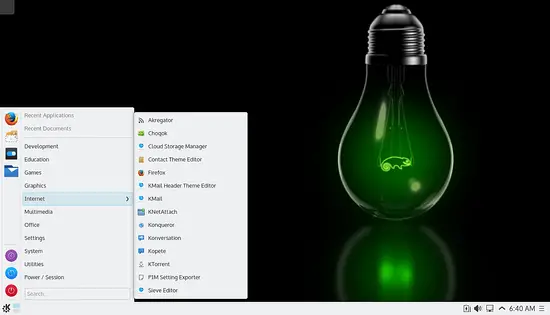
OpenSUSE Leap with KDE 5 - File Manager, Dolphin.
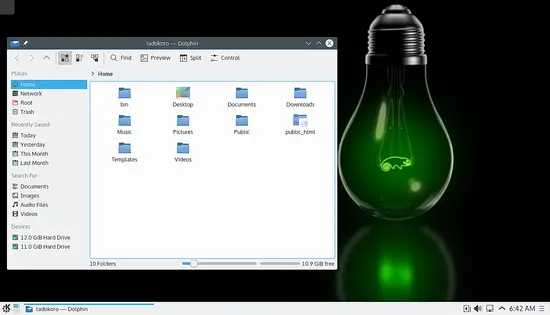
The installation of OpenSUSE Leap 42.1 has been finished successfully.

If you Like It Please Comment & Share.....!
No comments:
Post a Comment